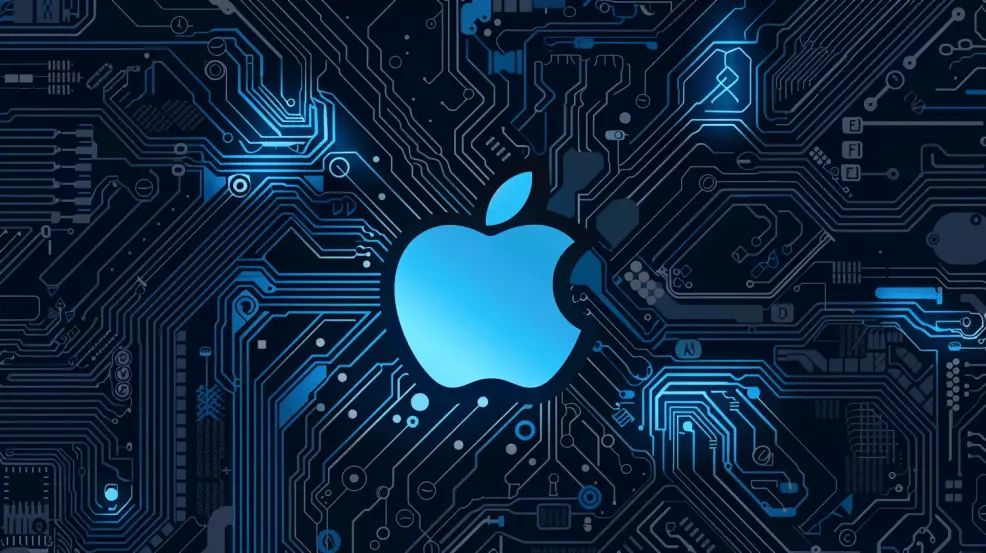In a significant advancement for artificial intelligence and machine perception, Apple’s research team has unveiled a groundbreaking model called Depth Pro. This state-of-the-art technology is designed to enhance how artificial systems interpret spatial dimensions, particularly the perception of depth. With potential applications that span across various industries—most notably in augmented reality (AR) and autonomous vehicles—Depth Pro is poised to redefine standards in real-time spatial awareness. This article examines the innovations introduced by Depth Pro, highlighting its features, capabilities, and implications for various sectors.
Depth Pro stands as a monumental achievement in monocular depth estimation, a technique aimed at inferring 3D depth information from only a single 2D image. Traditionally, this complex task has required multiple images or additional metadata, such as focal lengths, which are cumbersome and often impractical. Depth Pro, however, successfully circumvents these limitations, generating high-resolution depth maps with remarkable speed—just 0.3 seconds on a standard GPU. This capability sets a new benchmark in the realm of machine vision, making it one of the fastest and most accurate systems available.
The technology thrives on a unique architecture that incorporates a multi-scale vision transformer. This sophisticated design allows Depth Pro to simultaneously analyze both broad contextual information and fine-grained details within an image. The result is a stunningly sharp depth map, with a resolution of 2.25 megapixels, capable of capturing intricate features that often escape the scrutiny of less advanced models, such as fine strands of hair or delicate foliage.
A pivotal feature of Depth Pro is its capacity for metric depth estimation. Unlike many existing models that only provide relative depth information, Depth Pro offers real-world scale measurements. This precision is crucial for applications in AR, where virtual elements need to be accurately positioned within real physical spaces. A remarkable aspect of Depth Pro’s design is its implementation of zero-shot learning. This allows the model to perform effectively without being extensively trained on domain-specific datasets, enhancing its adaptability across a diverse assortment of images and environments. As the researchers highlight, Depth Pro can generate metric depth maps directly from arbitrary images taken in varied conditions, effectively elevating the concept of depth perception in real-world applications.
The practical implications of Depth Pro cannot be overstated. In the realm of e-commerce, consumers could virtually visualize how furniture fits within their homes by merely aiming their smartphones at a room. This enhanced shopping experience could significantly drive consumer engagement and sales. Similarly, in the automotive sector, the ability to create real-time high-resolution depth maps from a single camera would vastly improve the ability of self-driving cars to perceive their surroundings, heightening both navigation efficacy and vehicular safety.
Moreover, the method promises to streamline the processes involved in model training, drastically reducing both time and cost. Traditional AI models often demand extensive datasets and complex training schedules; however, Depth Pro’s architecture allows for quicker implementation and quicker iterations—an attractive prospect for rapid technological advancement.
One of the oft-encountered hurdles in depth estimation is the phenomenon of “flying pixels,” where data inaccurately suggests pixels are floating without any tangible support in three-dimensional space. Depth Pro tackles this concern, making it especially effective for applications demanding high accuracy, such as 3D reconstruction and virtual environment creations. Additionally, the model excels in defining object boundaries, significantly improving the delineation and segmentation needed for sophisticated applications, such as image matting and medical imaging.
In a strategic move to accelerate the adoption of this innovative technology, Apple has made Depth Pro open-source. Developers and researchers now have access to the model’s architecture and pre-trained weights via GitHub, allowing for collaborative improvement and exploration of its potential in fields like robotics, manufacturing, and healthcare. The commitment to transparency underscores Depth Pro’s transformative capacity and invites a broader community to engage with and refine this cutting-edge technology.
As artificial intelligence continues to evolve, Depth Pro represents a significant stride forward, setting new standards in speed and precision for monocular depth estimation. Its ability to produce high-quality, real-time depth maps from a single image has profound implications across various industries reliant on spatial awareness. The introduction of Depth Pro not only enhances how machines interpret their environments but also cultivates richer consumer experiences. With its remarkable capabilities, Depth Pro exemplifies the practical applications of cutting-edge research, proving that advancements in technology can deliver tangible benefits in the real world. As we look to the future, the possibilities are boundless for Depth Pro and the sectors it will inevitably influence.


Leave a Reply